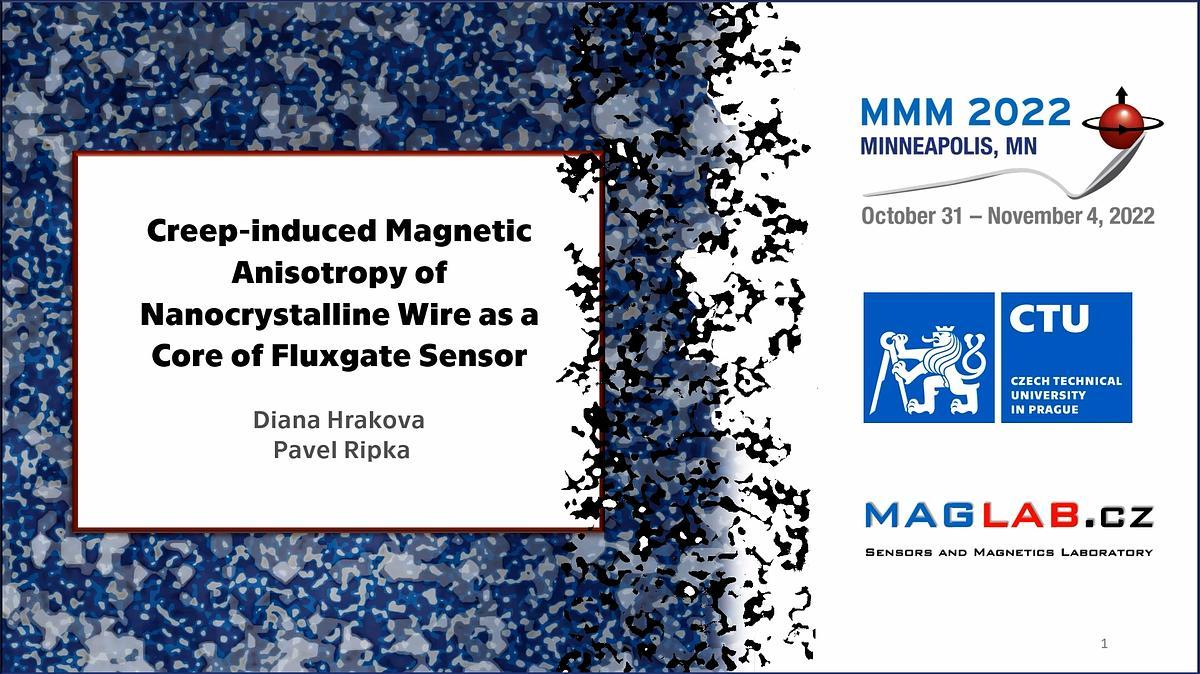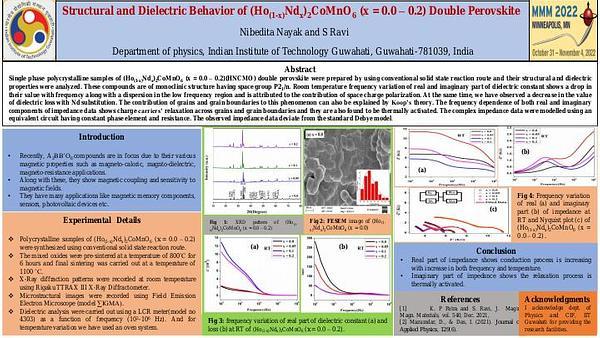
Premium content
Access to this content requires a subscription. You must be a premium user to view this content.

technical paper
Creep induced Magnetic Anisotropy of Nanocrystalline Wire as a Core of Fluxgate Sensor
One of the most important parts of a fluxgate sensor is the magnetic core. This work is dedicated to the study of fluxgate sensors based on the nanocrystalline wire as a core
and comparing them to the performance of amorphous wire with chemical composition (Co94Fe6)75Si15B10 1. Both wires were manufactured by the Institute of Technical Physics, Iasi,
Romania. Compared to the previous studies on nanocrystalline materials, we demonstrate that proper processing of nanocrystalline alloys can bring sensors with properties comparable to
the traditionally used amorphous alloys, but with better stability at elevated temperatures.
The amorphous Fe73,5Si13,5B9Cu1Nb3 master alloy wires 0.5m in length, and 0.12 mm in diameter were annealed by DC pulse to achieve the nanocrystalline structure. Contrary to other
researchers we found problems with surface oxidation in air, so our annealing was performed in Argon. During the annealing and cooling, we applied mechanical stress to achieve
transverse anisotropy. The character of changing Hc varies depending on tension as shown in Fig.1. Higher tension increases anisotropy and reduces the longitudinal permeability (Fig. 2).
Best results were shown by wires annealed under tension 9 g and 13 g with the current in the range 485 mA up to 510 mA. In these cases, coercivity was in the range of 7 A/m up to 17
A/m at 1 kHz. Annealed wires were used as a core for fluxgate sensors of the Förster and Vacquier types and with ring core.
As an example, Förster type sensor with amorphous (Hc = 20 A/m) wire as a core had max. sensitivity of 0.88 V/mT and min. the noise of 164pT/√Hz at 1 Hz.
By using nanocrystalline wire with Hc = 17A/m we achieved lower sensitivity (0.7 V/mT) but lower noise (111 pT/√Hz). The nanocrystalline core with lower Hc (9 A/m) had higher
sensitivity (1.1 V/mT) but higher noise (204 pT/√Hz) compared to the amorphous core. And the core with Hc = 13A/m had almost the same results as the amorphous wire.
This study was supported by the Grant Agency of the Czech Republic within the Nanofluxgate project (GACR GA20-27150S).
References:
1 P. Ripka, D. Hrakova, “Multiwire Parallel Fluxgate Sensors”, IEEE Transactions on Magnetics. 2022, 58(2), 1-5. ISSN 0018-9464. DOI 10.1109/TMAG.2021.3093017
2 Y.-F. Li, M. Vazquez, D.-X. Chen, “Circular magnetization process of nanocrystalline wires as deduced from impedance measurements”, Journal of Applied Physics 97, 124311 (2005)


